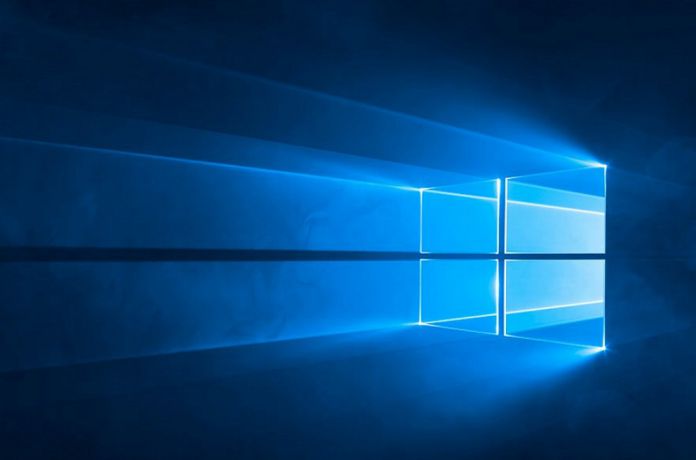This has proved incredibly frustrating for users, who opt into the channel specifically to avoid bugs. Instead of rolling out on release, the updates are supposed to be delayed for a number of months. For organizations, this can be essential, removing the need for extensive tech support when employees have issues.
Historic Abuses
As a semi-annual targeted update, there’s no reason for 1803 to roll out, and it isn’t the first time this has happened. We saw the same issue with the Windows 10 Fall Creators update, which was being pushed in January even if users paused it for a year. It goes back as far as the release of Windows 10, when the company forced upgrades and ran into several lawsuits as a result. The company made constant promises that it would change, but moves like this make that feel disingenuous. Instead, Microsoft is painting a picture of a company that doesn’t care about its user’s preferences. Clearly, it wants them to have access to the latest security features and business tools, but such tactics can be more trouble than they’re worth. With rampant SSD issues, crashing desktops, and inconsistent peripheral support, it’s easy to see why users would wait. In some cases, updating could lead to data loss and require fresh installs of Windows. Increasingly, users have little choice but to disable updates in the registry. This is much more cumbersome to re-enable, so Microsoft’s tactics may have the opposite effect, while simultaneously alienating customers. Microsoft is yet to respond officially to the issue and its scope is unclear.




